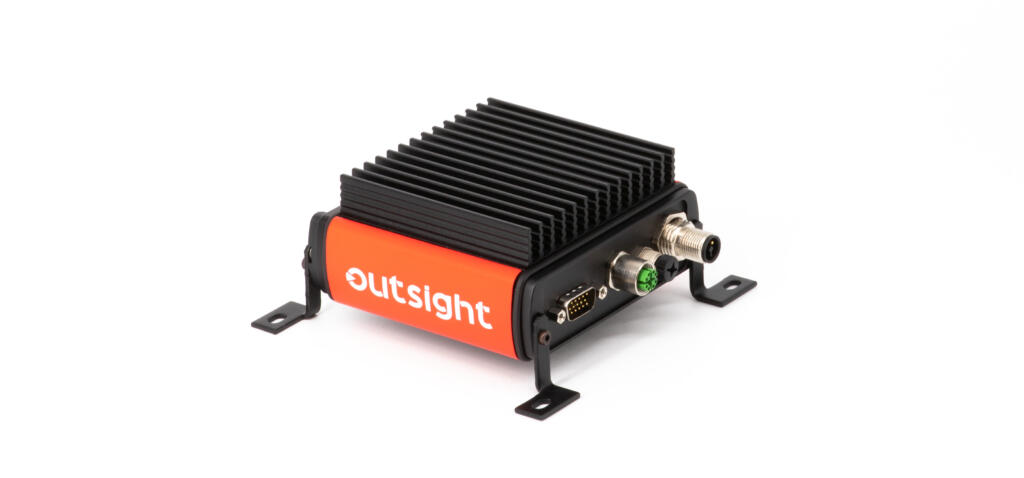Technology In Autonomous Cars: What, Why, When & How?

A world of shared, autonomous vehicles may seem like a distant dream. But the industry has been making huge strides and generating a lot of attention, thanks to companies like Google and Tesla. Driverless cars are now a trending topic but behind the scenes, technology has been steadily moving this way for decades.
A future in which autonomous vehicles become widespread is inevitable. But it won’t happen overnight – technology develops gradually. Already, OEMs are creating fully or partially autonomous vehicles that promise to save time, reduce congestion and minimise fatalities on our roads – much to the dismay of classic car enthusiasts. While there are significant challenges to overcome, the odds look optimistic.
Here’s the lowdown on technology used in autonomous cars and what we can expect.
A history of self-driving cars
Self-driving cars might seem like a recent thing, but experiments of this nature have been taking place for nearly 100 years. In fact, centuries earlier, Leonardo Da Vinci designed a self-propelling cart hailed by some as the world’s first robot. At the World’s Fair in 1939, a theatrical and industrial designer named Norman Bel Geddes put forth a ride-on exhibit called Futurama, which depicted a city of the future featuring automated highways.
However, the first self-driving cars didn’t arrive until a series of projects in the 80s undertaken by Carnegie Mellon University, Bundeswehr University, and Mercedes-Benz. The Eureka Prometheus Project proposed an automated road system in which cars moved independently, with cities linked by vast expressways. At the time, it was the largest R&D project ever in the field of driverless cars.
Since 2013, US states Nevada, Florida, California, and Michigan have all passed laws permitting autonomous cars; more will surely follow.
Autonomous vehicle components

Ouster’s OS-1 3D LiDAR sensor captures point cloud data and camera-like images to help autonomous vehicles ‘see’ their environment.
How does an autonomous vehicle operate and make sense of what it sees? It comes down to a powerful combination of technologies, which can be roughly divided into hardware and software. Hardware allows the car to see, move and communicate through a series of cameras, sensors and V2V/V2I technology, while software processes information and informs moment-by-moment decisions, like whether to slow down. If hardware is the human body, software is the brain.
At Level Five Supplies, our tech is broadly categorised as follows:
Autonomous vehicles rely on sophisticated algorithms running on powerful processors. These processors make second-by-second decisions based on real-time data coming from an assortment of sensors. Millions of test miles have refined the technology and driven considerable progress – but there is still a way to go.
Driverless car technology companies
The race to be the first self-driving car on the road is heating up. Level 5 autonomy is still some time away, but there is plenty else happening in the autonomous space, with aspects of driverless tech already making an appearance in today’s mass-produced cars. Early adopters will enjoy benefits such as automatic parking and driving in steady, single-lane traffic.
Here are some of the companies working towards an autonomous future:
- Google – presently leading the charge via Waymo, its self-driving subsidiary
- Tesla – models are now being fitted with hardware designed to improve Tesla Autopilot
- Baidu – in the process of developing Level 4 automated vehicles
- General Motors – developed the first production-ready autonomous vehicle
- Toyota – working with ride-hailing service Uber to bring about autonomous ridesharing
- Nvidia – created the world’s first commercially available Level 2+ system
- Ford – planning to have their fully autonomous vehicle in operation by 2021
- nuTonomy – first company to launch a fleet of self-driving taxis in Singapore
- BMW – has teamed up with Intel and Mobileye to release a fully driverless car by 2021
- Oxbotica – will begin trialling autonomous cars in London in December 2019
Challenges in autonomous vehicle testing and validation
As we can see, there are many different autonomous vehicle projects in various stages of development. But there’s a big difference between creating a test vehicle that’ll run in reasonably tame conditions and building a multi-million strong fleet of cars that can handle the volatility and randomness of the real world.
One of the biggest challenges is putting the computer in charge of everything, including exception handling. By exceptions, we mean variable circumstances like bad weather, traffic violations and environmental hazards. Fog, snow, a deer leaping into the road – how does a fully autonomous vehicle interpret and react to these situations?
When we take the driver out of the picture completely, automation complexity soars compared to lower-level systems. The software must handle everything. Rigorous testing is essential, but it won’t be enough on its own. Alternative methods such as simulation, bootstrapping, field experience and human reviews will also be necessary to ensure the safety of the vehicle.
For the time being, it means implementing each new capability carefully and gradually: hence why it will be a good few years before we see Level 5 vehicles on the road.
Global perceptions of autonomous car technology
How does the general public feel about the onset of autonomous cars? Generally, perception is pretty positive, but there’s still a way to go. Not everyone is convinced.
The main bone of contention is safety. Autonomous car manufacturers must prove beyond doubt the safety of their vehicles before they can hope for widespread adoption. One survey conducted across China, Germany and the US found that drivers want to decide for themselves when to let a car drive autonomously and when to take over. The survey also found that trust in autonomous cars is nearly twice as high in China.
A second survey discovered that the higher the level of automation, the higher the doubt. There are still reservations about giving the vehicle total control, despite having a positive view on autonomous vehicles generally.
Another factor playing on people’s minds is cybercrime: fear of personal data falling into the wrong hands. People are generally happy to share data for safety reasons, but less so when it ends up being sold to related service providers.
When will autonomous cars be available?
If we’re talking about self-driving features, then the future has arrived. There are already cars on the road with Advanced Driver Assistance Systems in play. But a fully autonomous vehicle that can encounter and navigate any driving scenario without human intervention won’t be mainstream for a little while yet, mostly due to cost and regulations.
Level 5 systems will have the ability to drive anywhere a human driver could. What we’ll likely come across first are Level 4 vehicles where autonomy is confined to mapped zones. They may also be limited by certain weather conditions.
Business Insider estimates there will be 10 million self-driving cars will be on the road by 2020. Chances are you’ll be able to ride in one long before you can buy one, possibly even within the year. As for Level 5, estimations range from 2021 onwards.
The past decade has been a pivotal one for automobile technology. In the face of changing political and legal circumstances, the future of autonomous vehicles is uncertain, and adoption will be gradual as society adjusts to the changes – not to mention upgrading transport infrastructures and systems. But of one thing we can be sure: the automotive industry will never be the same again.







